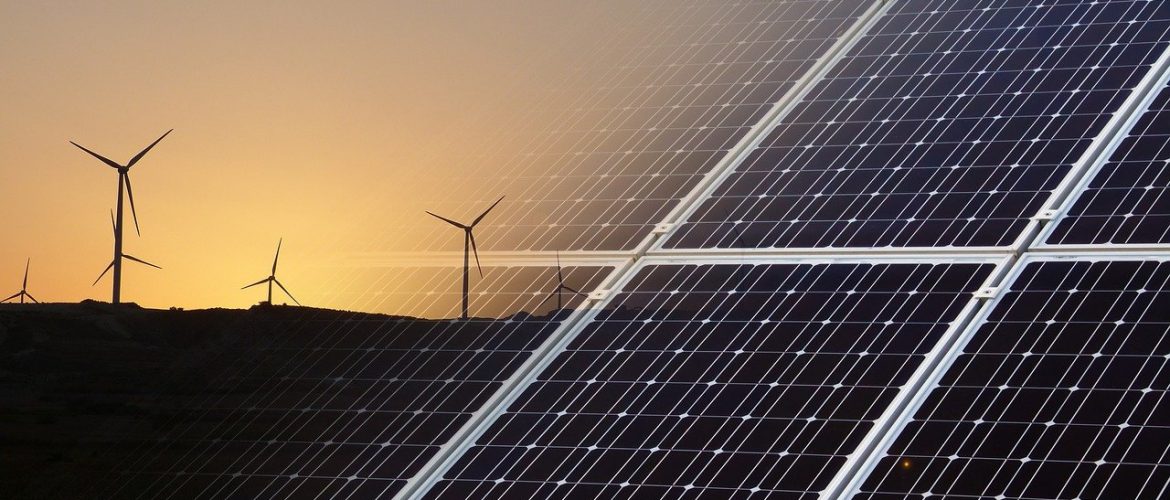According to the latest available monthly data from the Greek IPTO (ADMIE) for the interconnected network (May 2023):
Electricity production from renewables increased again compared to the previous month (April 2023), following the trend of the first three months of 2023. Maintaining its lead in electricity production (8530 GWh) for the first five months of 2023, renewables outperformed fossil gas and lignite combined (6646 GWh) by almost 2 TWh (1884 GWh). They were also in first place in the same period of the previous two years, but with a much smaller gap than the second in the rank which was fossil gas (+689 GWh in 2022 and +468 GWh in 2021) and well behind the cumulative contribution of fossil gas and lignite (-1302 GWh in 2022 and -2051 GWh in 2021).
Overall, in the first five months of 2023 and despite the “dip” compared to 2022, gas remained in second place (4725 GWh), while net imports were in third place covering 3205 GWh. This was followed by lignite (1920 GWh) and large hydro (1219 GWh).
The large decrease of gas in the contribution to electricity production during the first five months of the year compared to the same period in 2022 (-2406 GWh), the smaller decreases from large hydro (-548 GWh) and from lignite (-72 GWh), were primarily offset by the reduction in electricity demand (-1740 GWh), followed by the increased contribution of renewables (+709 GWh) and net imports (+580 GWh).
The corresponding percentage changes in the first five months of the year compared to the same period in 2022 were as follows:
Lignite: -3.6%
Fossil Gas: -33.7%
Renewables: +9.1%
Hydro: -31%
Net imports: +22.1%
Demand: -8.2%
In total, in the first five months of 2023, clean energy from renewables and large hydro (9749 GWh) exceeded fossil fuel-based production (6646 GWh) by more than 3 TWh, setting a record compared to the corresponding period of the last 10 years. On the contrary, electricity production from fossil fuels during the same period reached an all-time low, having decreased by 27.2% compared to the same period in 2022.
Renewables set a record by capturing a 43.5% share of demand in the first five months of 2023, while together with hydropower they covered almost half of the demand (49.7%). The increase in domestic electricity production was even greater, as renewables together with large hydro had a share of 59. 4%, exceeding the 2022 share in the same period by 8 percentage points (51.2%). The remaining demand in the first five months was met by fossil gas with a share of 24.1% (the lowest since 2018), net imports with 16.4%, and lignite with 9.8%.
Especially for May 2023:
- Electricity demand (3648 GWh) was the third lowest in the last 16 months, and very close to the lowest two records (October 2022, April 2023). It was also the second lowest for the month of May behind only May 2020, which occurred two months after the outbreak of the pandemic.
- Production from fossil gas (873 GWh) was the lowest since October 2022 when a four-year low was recorded.
- Production from lignite (200 GWh) was the second lowest historically lagging behind only April 2022 (176 GWh).
The decrease in electricity demand compared to the same month last year continued for the eleventh consecutive month. Thus, cumulative consumption for the first five months of 2023 (19608 GWh) decreased by 8.2% compared to the same period of the previous year, while the decrease was lower compared to the five-year average (-6.1%).




















































































































































































































































































































